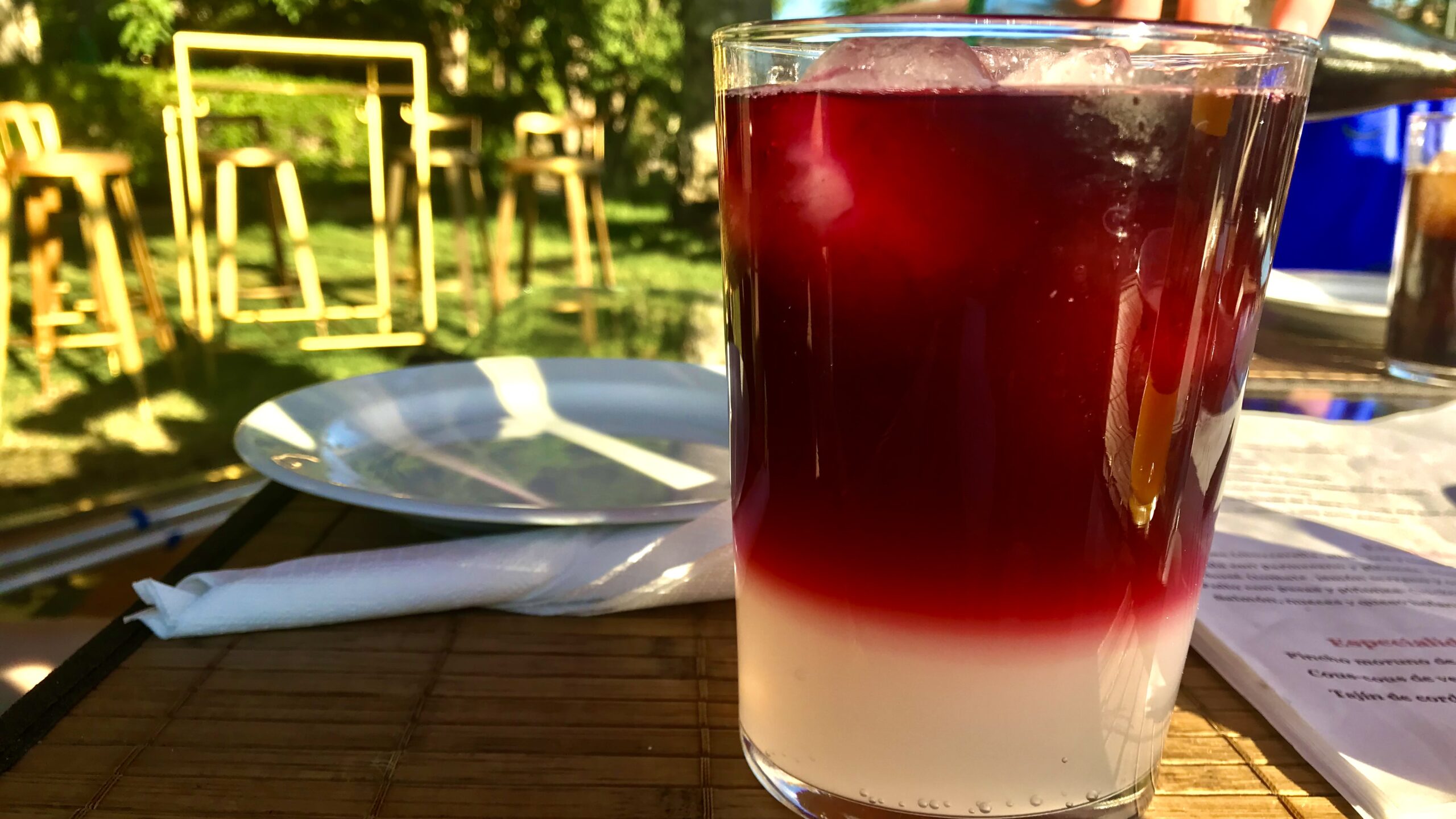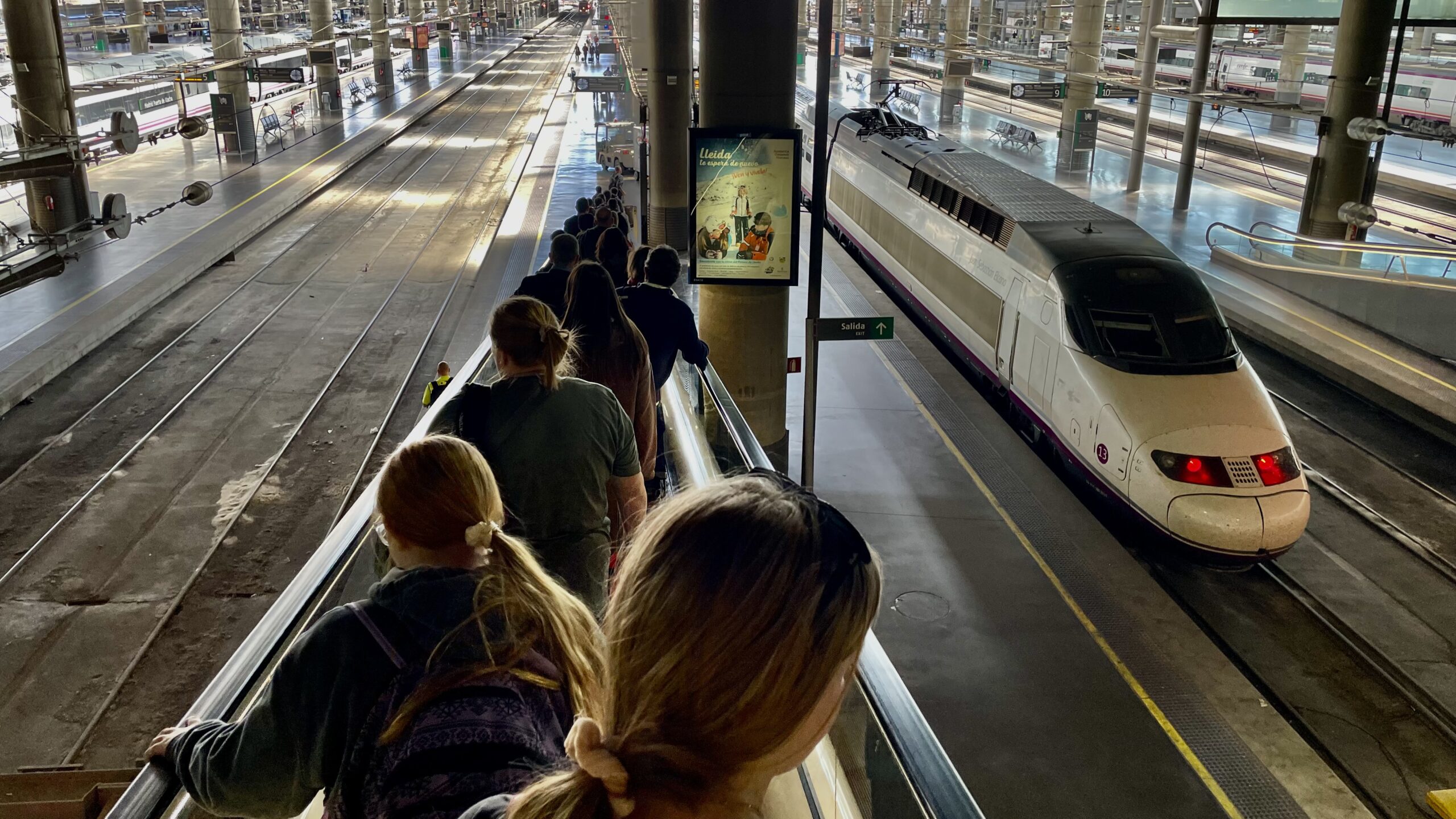Spain’s rich and diverse gastronomic culture is deeply intertwined with its social customs and traditions. For Americans visiting Spain, understanding these customs can enhance the dining experience and help navigate the vibrant restaurant scene with ease. Here are some essential tips and customs to keep in mind when eating out in Spain.
Embrace the Spanish Dining Schedule
Spanish mealtimes differ significantly from those in the United States. Lunch (comida) is typically the largest meal of the day, served between 1:30 PM and 3:30 PM. Dinner (cena) is a much later affair, usually starting around 9:00 PM and often extending until midnight. It’s not uncommon for Spaniards to enjoy a leisurely meal that spans several hours, especially during dinner.
Tapas: A Social Experience
Tapas are small dishes meant for sharing, and they are an integral part of Spanish cuisine. Going for tapas, or “tapear,” is a social activity where friends and family gather to enjoy various small plates over conversation. Don’t be surprised if you see groups standing at the bar or moving from one tapas bar to another, sampling different specialties along the way. Popular tapas include patatas bravas, jamón ibérico, and gambas al ajillo.
Navigating the Menu del Día
Many restaurants offer a “menu del día” (menu of the day), a fixed-price menu that includes several courses and a drink, usually available during lunch hours. This is a fantastic way to enjoy a variety of dishes at an affordable price. Typically, you’ll have a choice of a starter, a main course, dessert, and a beverage, which can include wine or beer.
The Art of Ordering Coffee
Coffee culture in Spain is distinct, and knowing how to order your preferred style can enhance your experience. Here are a few popular options:
– Café solo: A strong, black espresso.
– Café con leche: Espresso with steamed milk, similar to a latte.
– Café cortado: Espresso cut with a small amount of milk.
– Café Americano: Espresso with added hot water, more similar to American coffee.
Restaurant Etiquette
In most restaurants, you can choose a table and sit down without waiting to be seated by a host or hostess. The general rule is if there is no sign asking you to wait, you can sit anywhere on your own. You will usually be greeted by a member of the waitstaff with menus and asked what you’d like to drink. They will return with drinks and be ready to take your order. From that point on, you will probably need to wave down someone if you need anything else and also when you are ready for the check. Waitstaff in Spain will not check on you every five or ten minutes as they do in the US.
Tipping Etiquette
In general, tips are not expected in restaurants and cafes. In fact, if you pay with a debit or credit card, you will not be asked or even given the opportunity to leave a tip at all.
Respect the Siesta
The traditional siesta doesn’t apply to restaurants, since Spaniards usually eat a mid-day meal during this time. However, many restaurants and other food service establishments will be closed from 5pm to 8pm, so plan accordingly. In most tourist areas, restaurants will stay open all day or open earlier than restaurants in non-tourist neighborhoods.
Engage with the Local Culture
Spaniards are known for their warm hospitality and love for socializing. Don’t hesitate to ask for recommendations, whether it’s for a local specialty or a good restaurant in the area. Engaging with the locals can lead to memorable experiences and even uncover hidden culinary gems.
Enjoying the Experience
Dining in Spain is not just about the food; it’s about savoring the moment. Take your time, enjoy the flavors, and immerse yourself in the vibrant atmosphere. Whether you’re enjoying a leisurely lunch, exploring a bustling market, or sharing tapas with new friends, the Spanish dining experience is one to be cherished.
By embracing these tips and customs, Americans can fully appreciate the rich and varied culinary landscape of Spain, making each meal a delightful and authentic experience.




